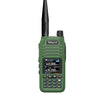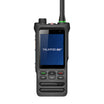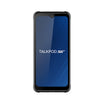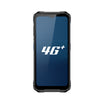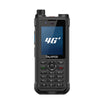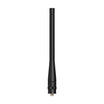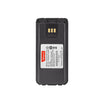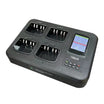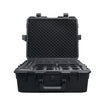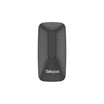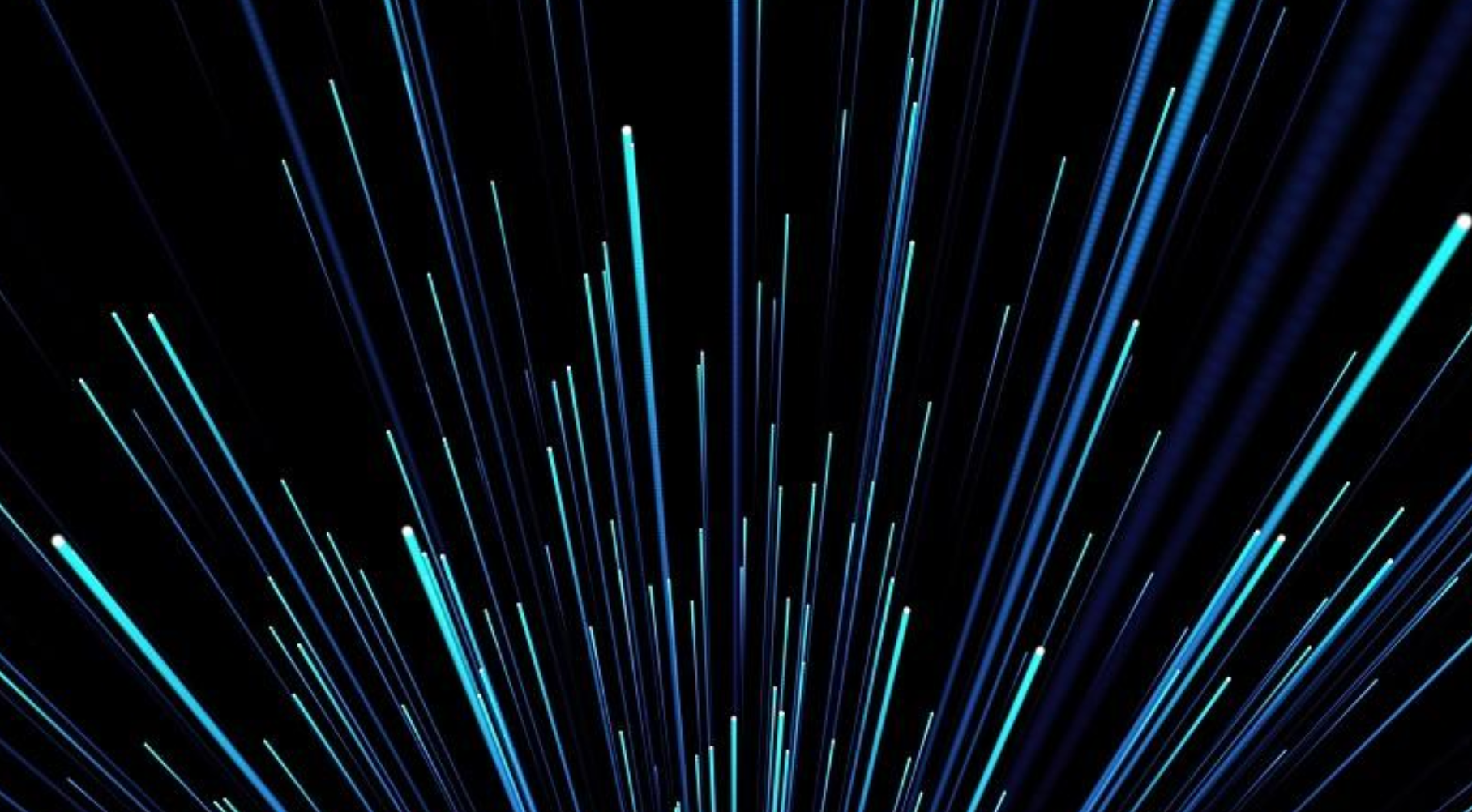In the evolving landscape of wireless communication, the significance of connectivity and network reach cannot be overstated, particularly within the framework of two-way radio systems. This is where the role of Access Points (APs) or Wireless APs becomes crucial, serving as the linchpins in the realm of digital two-way radio networks.
An Access Point, in its essence, is a device that bridges wireless communication devices to a wired network, acting as a portal through which data can flow from one side to the other. In the context of two-way radio systems, APs are instrumental in enabling enhanced digital communications, especially in setups where radio signals are integrated into IP networks or when using radio over IP (RoIP) solutions.
The integration of APs into two-way radio systems facilitates several key functions. Firstly, they enable the expansion of network coverage, allowing two-way radio users to communicate over greater distances than traditional radio frequencies would allow. This is particularly beneficial in large-scale operations like manufacturing plants, expansive retail spaces, and sprawling educational campuses, where consistent communication is pivotal.
Secondly, Access Points can enhance the clarity and reliability of communications. By connecting two-way radios to a digital network, APs can help to mitigate common radio issues such as signal interference and degradation. This results in clearer, more reliable communication channels, which are crucial in high-stakes environments such as public safety and emergency response.
Moreover, the use of Wireless APs in conjunction with two-way radio systems supports greater connectivity with various devices and platforms. This means that not only traditional radio handsets but also smartphones, tablets, and computers can be integrated into the communication system, ensuring seamless interoperability and enhanced situational awareness.
The strategic placement of Access Points is also vital for creating a mesh of connectivity, ensuring that there are no 'dead zones' where communication might fail. Properly configured, these APs can ensure that workers across different areas of a facility remain connected, improving operational efficiency and enhancing safety protocols.
In addition to extending range and improving signal quality, Access Points facilitate advanced features inherent to digital two-way radio systems, such as text messaging, GPS location tracking, and emergency alerts. By leveraging the capabilities of a connected network, these features become more robust and reliable, providing users with a comprehensive suite of tools to enhance their operational procedures.
In conclusion, Access Points are more than just bridges between wireless devices and networks; they are crucial components that augment the capabilities of two-way radio systems. By enhancing communication range, clarity, and reliability, and by facilitating advanced digital features, APs help ensure that two-way radio systems can meet the demands of modern, fast-paced, and increasingly digital operational environments.







